Pepper Panic: Is Black Pepper Gluten Free or Just Another Kitchen Conspiracy?
Description
In this lighthearted yet informative blog post, we tackle the burning question: Is black pepper gluten free? Whether you're a seasoned chef with a spice rack that rivals a chemistry lab or a home cook just trying to season your Tuesday night stir-fry without triggering a gluten reaction, this article is for you. We’ll explore what makes black pepper tick, whether it’s safe for gluten-free diets, and how to make sure you’re not accidentally sprinkling potential allergens onto your plate.
Table of Contents
- What Exactly Is Black Pepper Anyway?
- Gluten Basics: What You Need to Know Before Seasoning
- So… Is Black Pepper Gluten Free? Let’s Break It Down
- The Sneaky Culprit: Cross-Contamination in Spices
- How to Check if Your Black Pepper Is Actually Gluten Free
- Label Reading Tips That’ll Save Your Snacks (and Sanity)
- DIY Alert! Make Your Own Gluten-Free Spice Blends at Home
- Cooking with Confidence: Recipes You Can Trust
- Common Myths About Spices and Gluten – Busted!
- Conclusion: Keep Calm and Sprinkle On (Responsibly)
What Exactly Is Black Pepper Anyway?

Black pepper comes from the dried fruit of the Piper nigrum plant. These tiny peppercorns are harvested before they fully ripen, then dried until they shrivel into the familiar dark brown or black specks we all know and love.
Fun fact: In medieval Europe, black pepper was once used as currency — which might explain why your spice jar costs more than a small bag of gold dust today!
Gluten Basics: What You Need to Know Before Seasoning
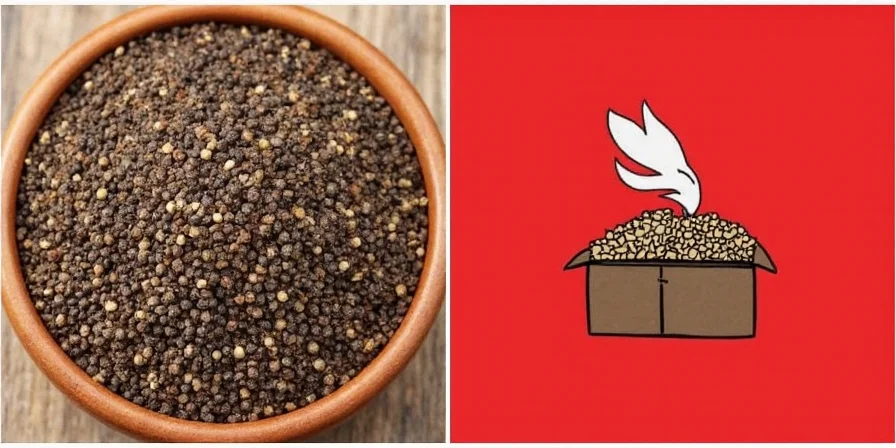
Before we dive into the spicy details, let’s talk about gluten:
- Gluten is a protein found in wheat, barley, rye, and sometimes oats.
- It gives dough its elasticity and bread its chewy texture — but can be problematic for those with celiac disease, non-celiac gluten sensitivity, or wheat allergies.
When you’re following a gluten-free diet, even trace amounts can cause issues. That’s why understanding hidden sources of gluten — like spices — becomes super important.
So… Is Black Pepper Gluten Free? Let’s Break It Down
| Spice | Gluten Content | Notes |
|---|---|---|
| Black Pepper (whole or ground) | Naturally gluten free | May contain traces due to cross-contamination |
| Garlic Powder | Usually gluten free | Check for anti-caking agents |
| Curry Powder | Varies | Some blends include wheat-based additives |
| Spice Blends (e.g., taco seasoning) | Often contains gluten | Check labels for fillers |
Here’s the short answer: Yes, black pepper is naturally gluten free. But here’s the catch: it can become contaminated with gluten during processing, packaging, or storage — especially if it's processed in facilities that also handle gluten-containing products.
The Sneaky Culprit: Cross-Contamination in Spices
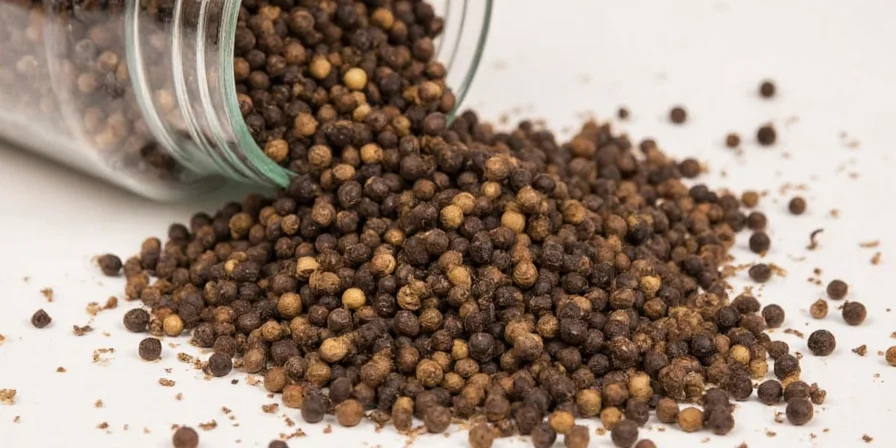
Imagine this: a spice mill that processes both black pepper and paprika — where paprika comes into contact with flour-laced equipment used for other spice blends. This kind of cross-contamination is real and dangerous for people with strict dietary restrictions.
- Look for spices labeled “certified gluten free” — ideally by recognized organizations like the GFCO (Gluten-Free Certification Organization).
- Avoid spices sold in bulk bins unless you’re certain the store practices strict separation and cleaning protocols.
How to Check if Your Black Pepper Is Actually Gluten Free
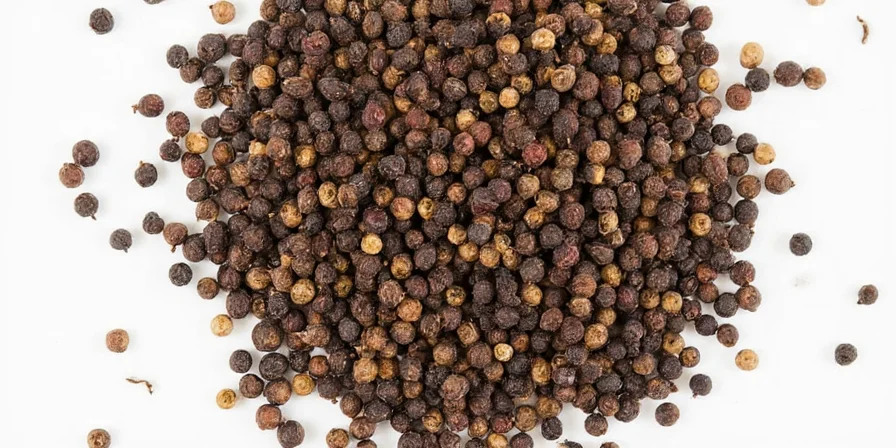
Don’t panic — reading labels doesn’t have to feel like decoding hieroglyphics. Here’s what to look for:
- “Gluten Free” on the label — bonus points if it’s certified.
- No wheat, barley, or rye ingredients listed.
- “May contain traces of…” — If it includes gluten-containing grains, proceed with caution.
Label Reading Tips That’ll Save Your Snacks (and Sanity)
- Tip #1: Look for third-party certifications like GFCO or NSF Gluten Free.
- Tip #2: Avoid “spice blend” products unless they specify gluten-free status.
- Tip #3: When in doubt, call the manufacturer. They should be able to tell you if their product is tested for gluten contamination.
- Tip #4: Buy whole peppercorns and grind them yourself to reduce risk.
- Tip #5: Keep a list of trusted gluten-free brands handy while shopping.
DIY Alert! Make Your Own Gluten-Free Spice Blends at Home
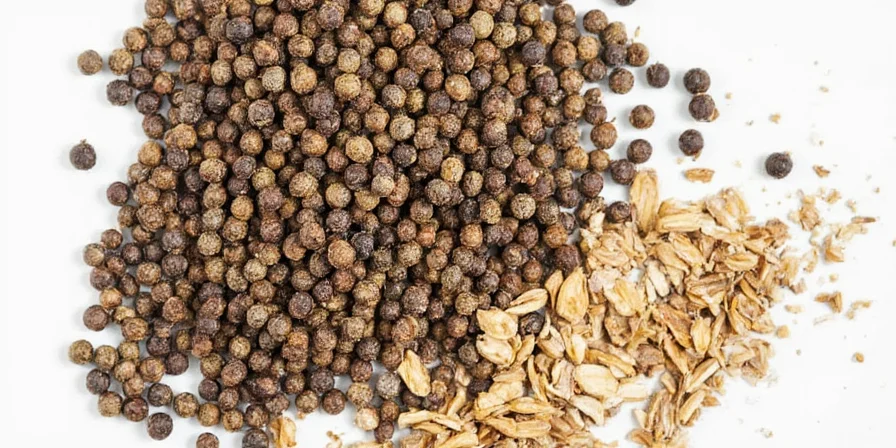
Mixing your own spices ensures no unwanted gluten slips into your food. Try this simple black pepper blend:
- 2 tbsp freshly ground black pepper
- 1 tbsp sea salt
- ½ tsp smoked paprika
- ¼ tsp garlic powder (ensure gluten free)
Store in an airtight container and shake well before use. Bonus: you get to name your blend something epic like “Fire & Fury” or “Pepperazzi.”
Cooking with Confidence: Recipes You Can Trust
Gluten-Free Grilled Chicken with Lemon & Pepper
- 4 boneless chicken breasts
- 1 tsp gluten-free black pepper
- ½ tsp sea salt
- Juice of 1 lemon
- Olive oil
Toss chicken with olive oil, lemon juice, salt, and pepper. Grill for 6–7 minutes per side. Serve with steamed veggies or quinoa for a full gluten-free meal.
Common Myths About Spices and Gluten – Busted!
- Myth: All single-ingredient spices are gluten free.
- Reality: While generally true, cross-contamination is real. Always check labels.
- Myth: You can taste gluten in spices.
- Reality: Nope! Gluten is flavorless. You won’t know it’s there until your gut lets you know it’s NOT okay.
- Myth: Only celiacs need to worry about gluten.
- Reality: Gluten sensitivity affects many people. If it causes discomfort, avoid it regardless of diagnosis.
Conclusion: Keep Calm and Sprinkle On (Responsibly)
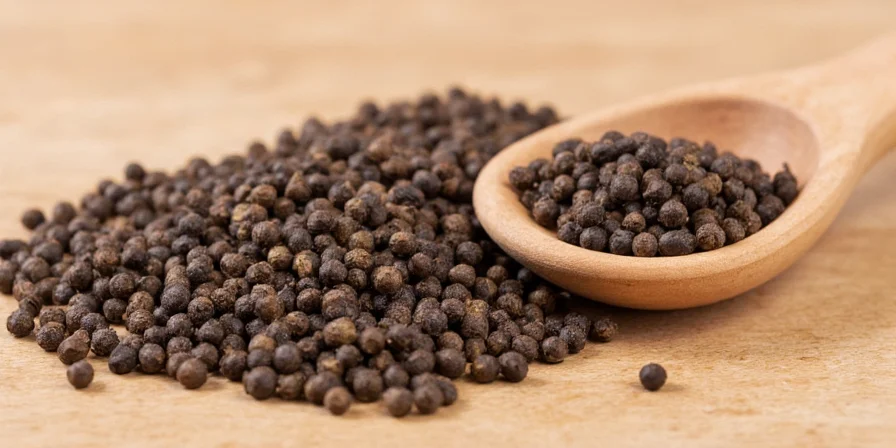
So, is black pepper gluten free? The short answer: yes. The long answer: it depends on how it’s processed and stored. With a little attention to detail and some smart kitchen habits, you can keep your spice game strong without worrying about gluten surprises.
Whether you’re grinding fresh peppercorns over a seared steak or mixing your own gluten-free spice blends, remember: knowledge is power — and flavor is freedom. Now go ahead and season with confidence!

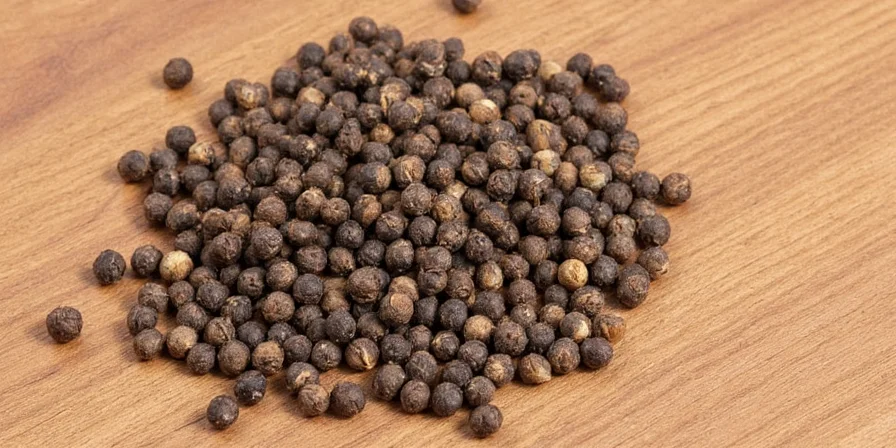









 浙公网安备
33010002000092号
浙公网安备
33010002000092号 浙B2-20120091-4
浙B2-20120091-4